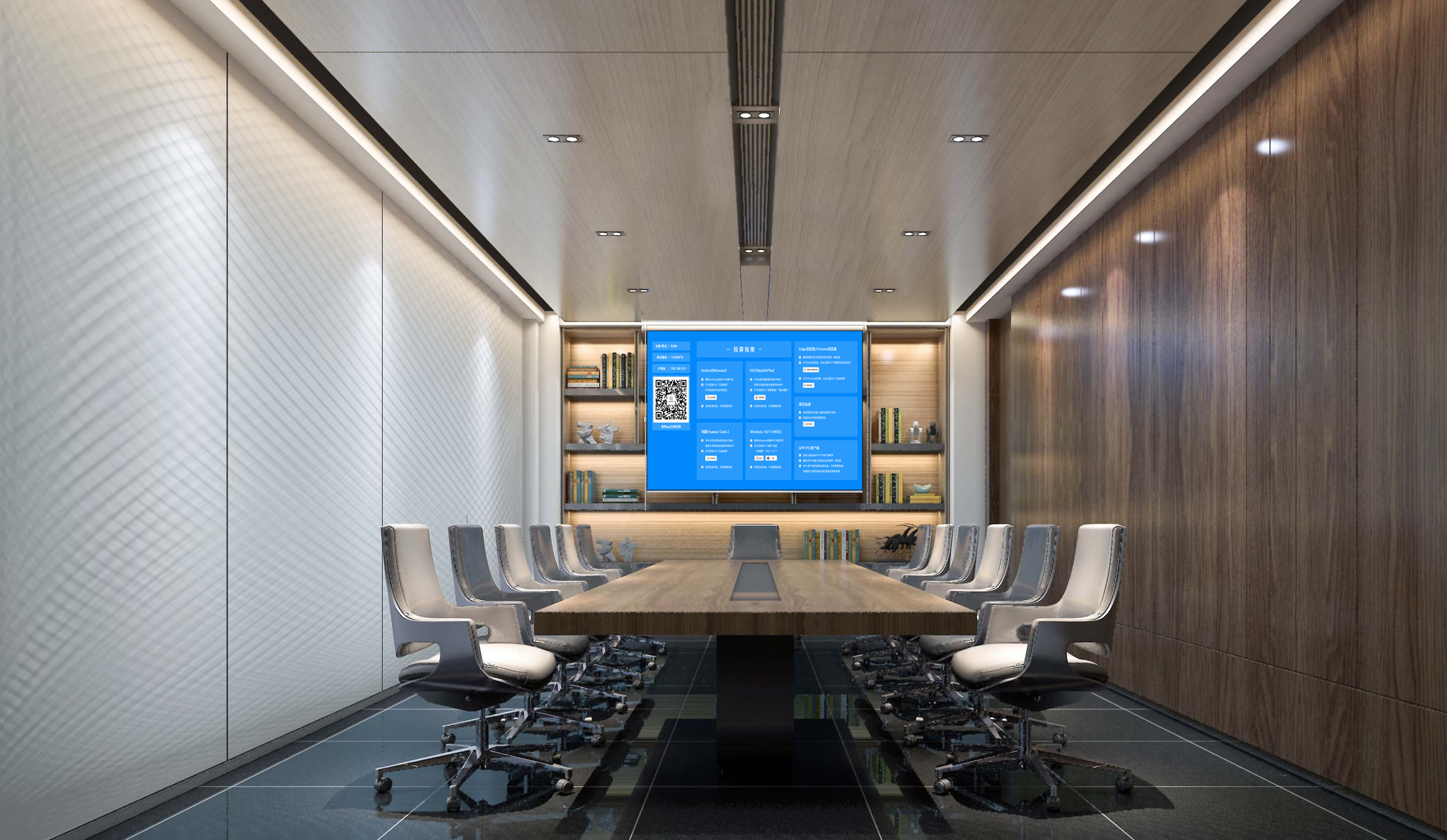Enterprise Wireless Screen Mirroring Solution: Bid Farewell to Lag in Traditional Meetings
I. Practical Dilemmas of Traditional Meetings
In an enterprise’s daily operations, meeting efficiency directly affects decision-making speed and execution results. According to the latest research data, 82% of enterprises still face efficiency issues caused by traditional screen mirroring methods. Traditional wired screen mirroring has three major pain points:
First, connection complexity is prominent. Compatibility issues with HDMI and VGA cables occur frequently, requiring an average of 3-4 different types of adapters to be prepared for each meeting. Second, stability issues seriously disrupt meeting progress. Problems such as signal interruptions and screen flickering cause 25% of meetings to be interrupted. Most importantly, device debugging consumes a lot of time—an average of 5-10 minutes is wasted on connection debugging per meeting.
II. Technological Evolution of Wireless Screen Mirroring
Modern wireless screen mirroring technology has gone through three important development stages:
The first-generation technology only realized basic screen mirroring functions, with severe latency that barely met the needs of business meetings. The second-generation technology, through protocol optimization, began to support basic office applications but still fell short in high-definition video playback. Today, the third-generation technology has matured, enabling core functions such as 4K high-definition transmission, low latency, and multi-screen interaction—fully meeting enterprise-level application needs.
III. Core Elements of Enterprise-Level Solutions
When selecting a wireless screen mirroring solution, focus on evaluating four dimensions:
In terms of connection convenience, it should support multiple connection methods such as QR code scanning, mirroring codes, and NFC. Device compatibility must cover mainstream operating systems including Windows, macOS, iOS, and Android. For image quality, a minimum of 1080P is required; for professional fields such as design and healthcare, 4K transmission standards are recommended. For security performance, it must ensure encrypted data transmission and have a comprehensive permission management mechanism.
IV. Implementation Effect Evaluation
According to feedback data from enterprises that have implemented the solution, deploying a professional wireless screen mirroring solution yields significant benefits:
Meeting preparation time is reduced by 70%, device compatibility issues decrease by 90%, and employee satisfaction increases by 85%. More importantly, the improved meeting efficiency brings direct economic benefits—an average medium-sized enterprise saves approximately 150,000 yuan in time costs annually.
V. Selection Recommendations
It is recommended that enterprises start from their actual needs and focus on evaluating the following aspects:
First, assess the compatibility of existing devices to ensure the new solution can seamlessly integrate into the existing device system. Second, develop a hierarchical deployment plan based on the size and number of meeting rooms. Third, fully consider the level of information security requirements, especially for data-sensitive industries. Finally, plan the budget reasonably—generally, the investment return period should be controlled within 12-18 months.
